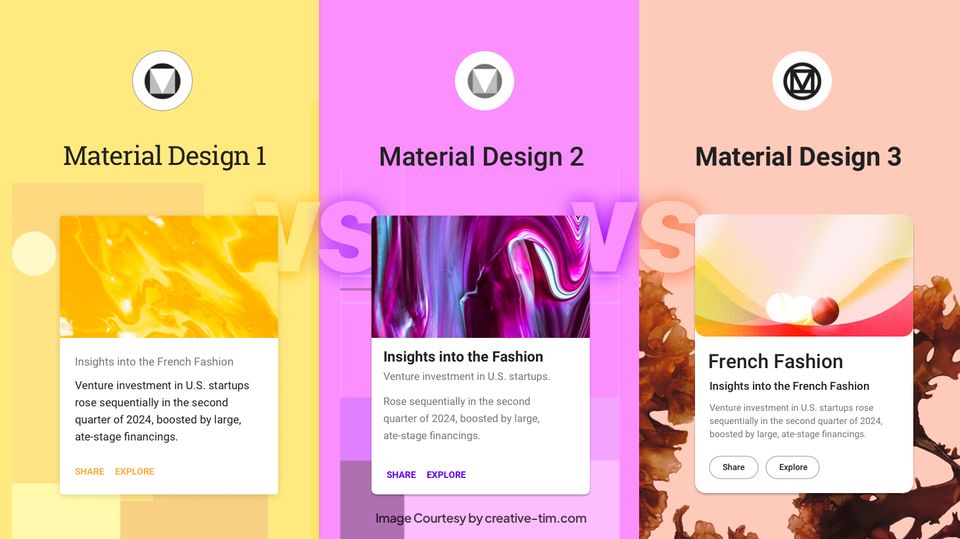The web design industry has taken a lot of shift throughout the last several years. Ten years ago, most webmasters barely understood the concepts of user experience, automated sales funnels, or high tech performance analytics. Everything was simpler then.
However, in today’s fast-changing marketplace, the design of a website is more than a simple “concept that needs to be taken care of.” In fact, when we’re talking about web design now, we’re talking about user experience. For a business that wishes to thrive, the experience offered to their users must be of high standards. Quality web development and design are now a must, as your traffic expects nothing less.
In today’s post, we’re giving you 20effective tips for improving your website visitor’s experience. Pay close attention and begin testing these concepts as soon as possible:
1. “You Got Just 5 Seconds!”
When someone enters your website, you got 5 seconds to show him what you’ve got. Your main value proposition must be very visible, so that every visitor will instantly recognize the upcoming benefits. The more attention you grab through those 5 seconds the more people will stay and consume your content and offers.
2. Imagine Your Customer’s Journey on the Site
Always have a plan while optimizing your website’s design. Think smart. What do you want your customer to see the first thing? How about what he wants to see? You can find out the exact behavior of your traffic using website analytics tools like Hotjar.
3. Keep the Homepage Short and Concise
Short and concise. That’s the best formula that big brands use when building their high-converting landing pages. Add visuals and short bits of text that speaks only what needs to be heard by the user.
4. Choose Your Words Wisely
Designing an attractive and catchy homepage is a challenging task. The words you use have a tremendous impact on how your visitors will understand your brand’s message. For you, it may sound simple and concise. For others, the things you want them to understand the most is going to feel strange or unattractive. I’d suggest getting some feedback – ask friends, in groups, and in forums.
5. Make It Look “Fresh”
“People expect fresh content on a daily basis. That is why every visitor of yours should easily observe that your website’s content is consistently updated and that your business is active and consistent”, says John Max, Marketing Expert at essaygeeks.co.uk.
6. Include CTAs
If you take a quick peek at some of the most advanced digital and e-commerce brands, you can’t miss the highly visible calls-to-action that are featured on the homepage (and not only). A strong call-to-action will improve your conversion rates big time, and the social engagement too!
7. Make it Look Professional
As nowadays everyone’s spending a lot of money on web design, the average internet user is already used to receive a high-quality user experience. If your website doesn’t look professional and neat, the bounce rate is likely to go high. People will never enjoy navigating through a low functionality platform, so you’ll lose a lot of traffic.
8. Fast Loading Speed
Your site needs to load fast! This is an unspoken rule that now applies to all websites. Even Google favors speed, not to mention your human visitors. Everyone’s in a rush, and nobody likes to wait more than a few seconds for your page to load. They’ll instantly skip to another site that loads faster and gives them a better experience!
9. Website Security
Make your site’s visitors feel safe by giving them a secure connection. Adding an https:// SLL encryption will show visitors that they’re accessing a legitimate and secure website. They’ll feel safer adding their credit cards and personal information, so you’ll get more conversions. You can create your own SSL encryption, so you don’t necessarily have to pay a recurring fee to hosting providers.
10. Remove All the Unnecessary Elements (Distractions)
Pay attention to all the distractions that your users experience while navigating through your website’s pages. For example, if at the checkout page there’s an annoying ad (or an interesting one), you’ll influence the decision that your prospect has already made. There’s no reason to do that!
11. Check for Broken URLs
Broken links are a frequent turn-off for most of us. We want to access something and we’re left disappointed due to the broken link that we stumble upon. Here’s a free tool that’ll help you detect your website’s broken links. Google penalizes websites that can’t “take care” of their links functionality, and so do your visitors.
12. Don’t Make Your Users Think Too Much
Generally, someone will enter and use your website because he’s interested in something. He may either know exactly what he wants, or he is waiting for suggestions. Your job is to offer him a straightforward experience. Help him get where he wants to get!
13. Emphasize Benefits over Features
Again, this concept has a psychological nature. Consumers want to know the benefits, not the features of your products and services. Their drive starts from needs and continues to problems. Display how your product is literally going to make their life better, and you’ll grab their full attention.
14. Leverage Video Content
Video content is now the trendiest yet the most effective type of media content, as it can convey long messages in a very short amount of time. About 87% of digital marketers use video content in their daily marketing campaigns. Why? Because it converts!
15. Take Advantage of Useful Plug-ins
No matter which platform or with what code have leveraged to build your website, implementing various web design plugins could do nothing but improve the performance of your website. Check some of them out, test them, and decide whether they’re worth keeping.
16. Pay Attention to Your On-Page SEO Optimization
Develop your website according to Google’s preferences, and you’ll gain a lot of free, organic traffic along the way. Take good use of your title tag, H1, H2, and of your meta description. Use the proper keywords and align your URL’s with them also.
17. Extensive Mobile Optimization
High tech smartphones are now accessible to most of us, so there’s no reason to bother opening the laptop to search for information. We can just use our phone, why not? Therefore, ensure that your website’s responsiveness to different mobile screens and operating systems are working.
18. Take Extra Care of Your Pages (Individually)
Most of the times, it’s your pages that rank in the SERPS, not your website’s homepage. Therefore, you need to pay attention to each page. Are the visual elements well inserted? Do the ads interrupt the focus of specific message? Are the outbound links relevant enough? How about the mobile display?
19. Stay Away from Flash
iOS doesn’t support Flash. Therefore, every iOS device will be a wasted potential lead for your business. To prevent that, simply don’t use it.
20. Wearables Are the Future – Prepare
Smart technological accessories like smart glasses, smart watches, and smart “everything” will become a big trend in the nearest future. Therefore, web design will completely change, and you’ll need to adapt as quickly as possible!
Conclusion
To conclude wisely, I’ll give you a terrific advice that I’d want you to follow: test, measure, and optimize! This is precisely what you need to do to improve the experience for your website visitors. Action, feedback, and change.



![15+ Top Black Friday & Cyber Monday Deals for Developers and Designers [2023]](/blog/content/images/size/w960/2021/11/black-friday-deals-developers-1.jpg)
